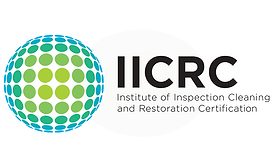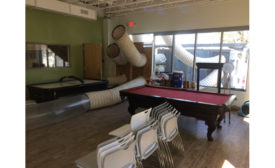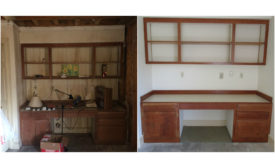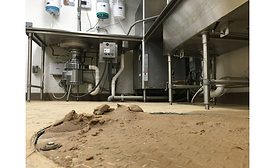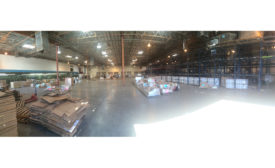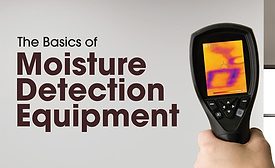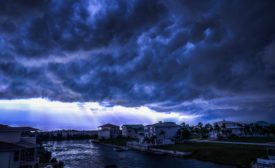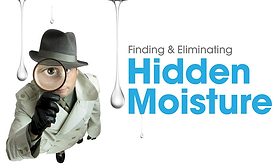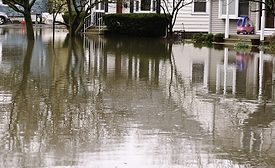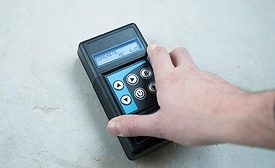Home » water mitigation
Articles Tagged with ''water mitigation''
CASE STUDY CONTEST 2017
One of Raleigh’s Largest Fires in a Century – PHC Restoration
August 2, 2017
CASE STUDY CONTEST 2017
The Piecework of a Unique Water Loss – PHC Restoration
August 2, 2017
CASE STUDY CONTEST 2017
Why Do They KEEP Flooding? – A&J Specialty Services
August 2, 2017
CoreLogic Storm Surge Analysis Identifies Nearly 6.9 Million US Homes at Risk of Hurricane Storm Surge Damage in 2017
Total Reconstruction Cost Value for All Homes is More Than $1.5 Trillion
June 12, 2017
National Flood Program Requirements for Flood Damage Estimates
Estimating damages after the deluge.
Read More
Stay ahead of the curve with our eNewsletters.
Get the latest industry updates tailored your way.
JOIN TODAY!Copyright ©2024. All Rights Reserved BNP Media.
Design, CMS, Hosting & Web Development :: ePublishing
